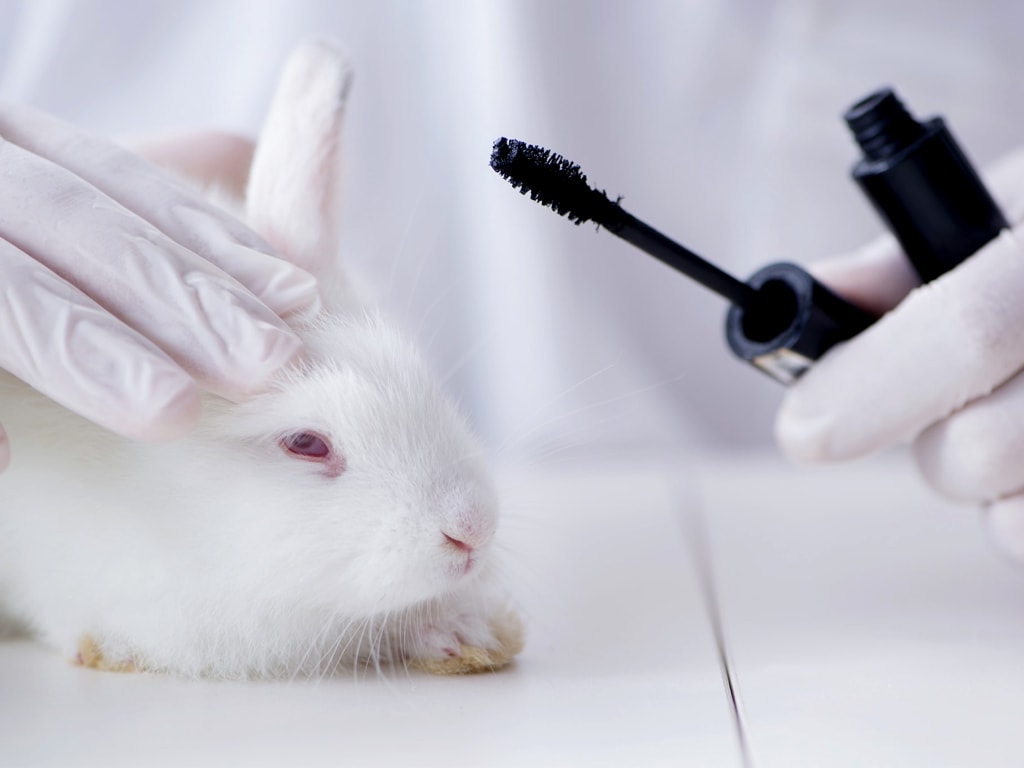PARIS: Advances in bioengineering have helped repair severely damaged uteruses in rabbits through cellular tissue engineering, researchers said in a study published Monday.
The breakthrough, scientists believe, offers hope for partial reconstruction in women afflicted with so-called uterine factor infertility, which accounts for about six percent of all infertility cases.
Currently, the only way for a woman with this condition to give birth is with a transplanted uterus.
A team at Wake Forest University in North Carolina implanted biodegradable polymer scaffolds - engineered tissue partially generated from one's own cells - into damaged rabbit uteruses. Six months after implantation, the new tissue appeared no different than in non-damaged uterus, they reported in Nature Biotechnology. Furthermore, four in 10 rabbits that had received the cell-engineered tissue had normal births, while none of those who hadn't received the reparative treatment did.
"Our results introduce new avenues for potentially creating tissue substitutes derived from a patient's own cells to treat uterine defects," the authors concluded. Tissue bioengineering offers an alternative to organ transplant, which is hampered by a lack of donors and requires the recipient to take immunosuppressive drugs.
























Comments
Comments are closed.